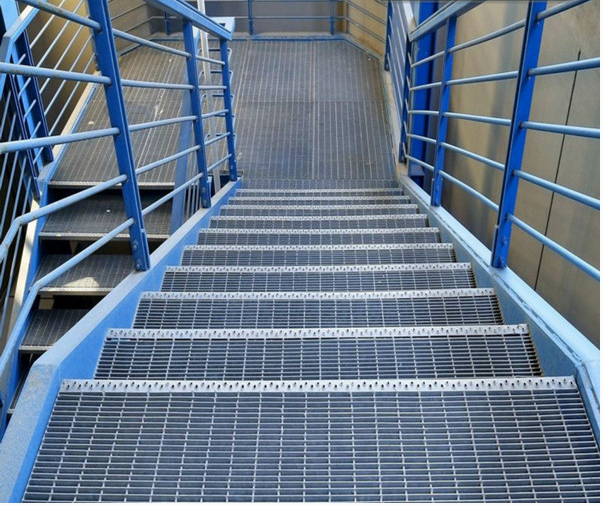Due to the simpler shape of the rolls and the continuous supply of the semi-solid slurry, the thermal shock of the semi-solid steel slurry to the rolls is relatively reduced, and it is possible to withstand the thermal shock of the semi-solid steel slurry. Moreover, it is easy to pollute steel slurry. SIMA and osprey methods can only prepare steel semi-solid billets. Therefore, electromagnetic stirring is an important method for continuously preparing steel semi-solid slurry. However, the research on this aspect is still very scarce. The influence of electromagnetic stirring on the microstructure formation of semi-solid 6051æž· spring steel was prepared. The semi-solid 6051 retrograde spring steel slurry with solid phase ratio of 2060% was prepared, which provided a technical basis for direct rolling forming of high melting steel slurry.
The steel semi-solid slurry electromagnetic stirring preparation device is as shown. The process route of the device is to continuously stir the molten steel poured into the stirring chamber by using a magnetic stirrer, and control the cooling rate of the molten steel in the stirring chamber to be between the liquidus temperature claw and the solidus temperature Ts. The time is long enough to allow for more adequate electromagnetic stirring. In addition, the preparation of the semi-solid steel slurry requires high requirements for the mixing chamber and the center plug in the test chamber. The mixing chamber and the central plug rod must be made of suitable materials. It must have sufficient refractoriness and sufficient thermal shock resistance.
In this experiment, before the casting 512 plus n bomb yellow key, the stirring chamber was first preheated to 120140 ° C; in order to control the precision, the preheating temperature of the lower part and the top of the stirring chamber were measured by a platinum-rhodium platinum thermocouple, respectively. At the same time, in order to reduce the experimental consumption, the thermocouple is taken out before the key water is poured: the stirring rod is lifted for a certain time, and the semi-solid 60SiZMn spring steel slurry flows out through the conveying pipe and is quenched into the bottom pool: The small particles of the agitated and quenched ammunition are inlaid into a metallographic sample, and then pre-polished and polished. Finally, the metallographic sample is etched with a picric acid aqueous solution to observe the austenite morphology and distribution of the primary crystal. The preheating temperature of the stirring chamber is lowered and the stirring time is prolonged. The solid phase rate of the semi-solid spring steel is continuously increased. When the solid phase ratio exceeds 6, the semi-solid spring steel slurry is difficult to discharge from the bottom hole of the stirring chamber, in the stirring chamber. The upper and surrounding spring steel scraps are increased. Under non-stirred conditions, the primary austenite of 605iZMn spring steel solidified into a dendritic morphology, but under electromagnetic stirring, the primary austenite of 605iZMn spring steel solidified into a spherical or nearly spherical morphology, which is related to the following aspects. Process factors are related. Almost the same nucleation rate is obtained [that is, the primary austenite grains of 60siZMn spring steel nucleate almost at the entire section, and the release of latent heat of crystallization is also uniform, which maintains a very uniform temperature field and inhibits austenite branches. The preferential growth of the crystal eliminates the long dendrites of the arm and refines the austenite grains, but at the same time there is an additional flow, that is, the melt moves up the chamber wall and then flows to the core, making the rose-like nascent Once austenite dendrites enter the colder melt edge region, they enter the hotter melt center region, causing strong temperature fluctuations in the rosette-shaped small dendrites, which can cause a large number of secondary arm roots to melt.
When the solid-phase ratio is high, there is a speed difference between the rose-like austenite dendrites or the rose-shaped austenite dendrites and the melt, and collision and friction occur constantly. This effect makes the primary austenite grains. It becomes more rounded and may also cause some large-sized austenite dendrite arms to bend. From the figure, the signs of austenite dendrite bending can be observed. The B and C dendrites in the figure Bending has occurred in which B dendrites are in contact with another dendritic arm,
Conclusion (1) Under the experimental conditions, the suitable process conditions for preparing 60SiZMn spring steel semi-solid slurry are: preheating of the stirring chamber and the central plug rod at 1350 ° C, the temperature of the molten steel is 1600 ° C, and the stirring time is 2 minutes. The spherical or nearly spherical primary austenite grains have a size of 100,300 m, and a solid phase ratio of 405. Such a semi-solid slurry is easily discharged from the bottom hole of the stirring chamber.
Plain Steel Grating is one of the most widely used steel gratings. The bearing bar comes in the form of a plain surface flat bar, commonly used for platforms, trench gratings, and stair treads, etc.

Material: Mild (low carbon) steel (Q235); Stainless Steel
Surface Treatment: Hot-dip Galvanized; Electro Galvanized; Spray Painting;
Common Specifications:
Flat Steel Space: 30mm, 40mm, 50 mm
Twisted Steel Space: 50mm, 100mm
Platform Steel Grating: 303/30/100; 405/30/100
Stair Treads: 255/30/100; 325/30 /100
Drainage Trench Cover: 405/30/100; 505/30 /100; 255 /30/100; 325 /30 /100
Characteristics:
1. Light weight, high bearing capacity, safe, skid-proof, easily fixed and dismantled,
2. Economical, long life and durable, ventilated and penetration of light, easily to be cleaned, beautiful in appearance.
Stair Tread,Steel Grating Stair Treads,Galvanized Stair Treads,Metal Grate Stair Tread
Anping Enzar Metal Products Co.,Ltd. , http://www.enzarmetal.com
